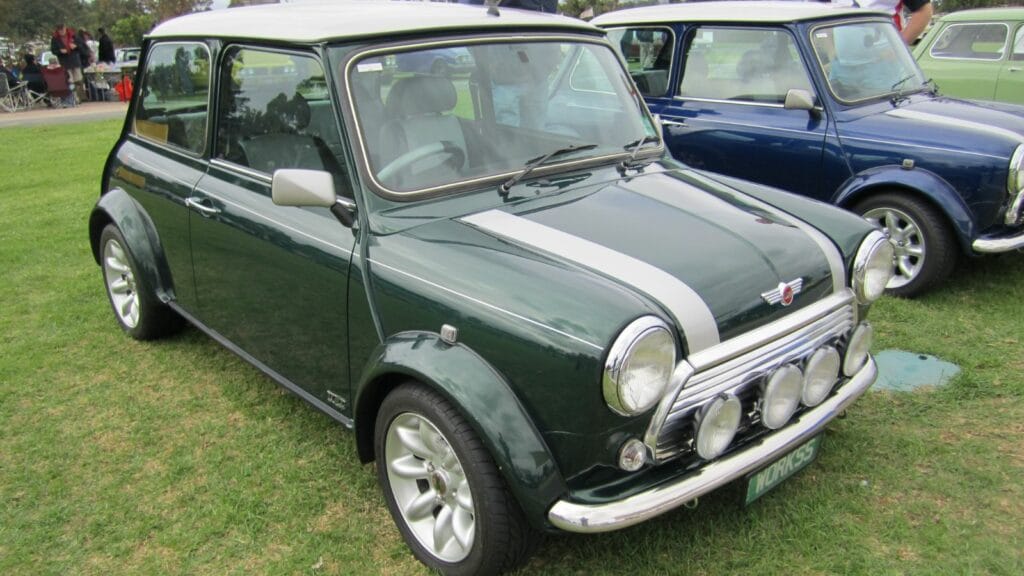The Mini is one of the rare cars that has managed to stay both practical and fashionable across generations. It started life as a clever solution to fuel shortages and cramped European cities, yet over six decades it became a style icon, a motorsport hero, and later a premium small car with a global following. Canadians in particular have embraced the Mini in surprising ways — from its rally-inspired performance in the 1960s to its more recent role as a chic city commuter and even an all-weather crossover. Expanded with more detail and Canadian context, here are 20 of the most significant evolutions to the Mini, from its humble beginnings to its 2025 future.
1959 – The Original Mini Launches
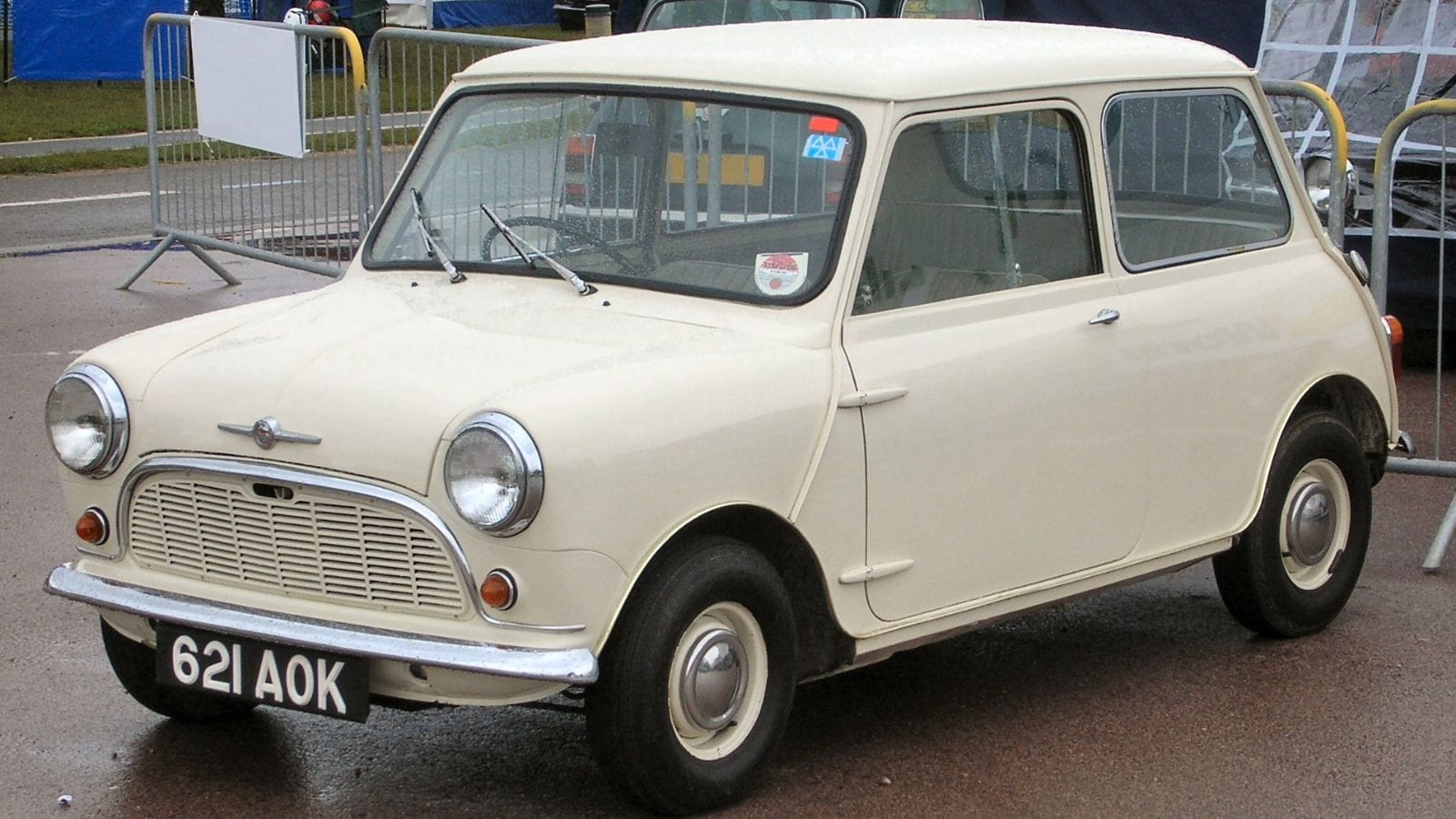
Sir Alec Issigonis created the original Mini under the British Motor Corporation as a direct response to postwar fuel shortages. Its transverse-mounted engine and front-wheel-drive layout maximized passenger and cargo space in a tiny body. For Canadians, it was quirky and exotic, a car unlike anything else on the market, though its size made it better suited to city centers than long prairie highways.
1961 – The Mini Cooper Arrives
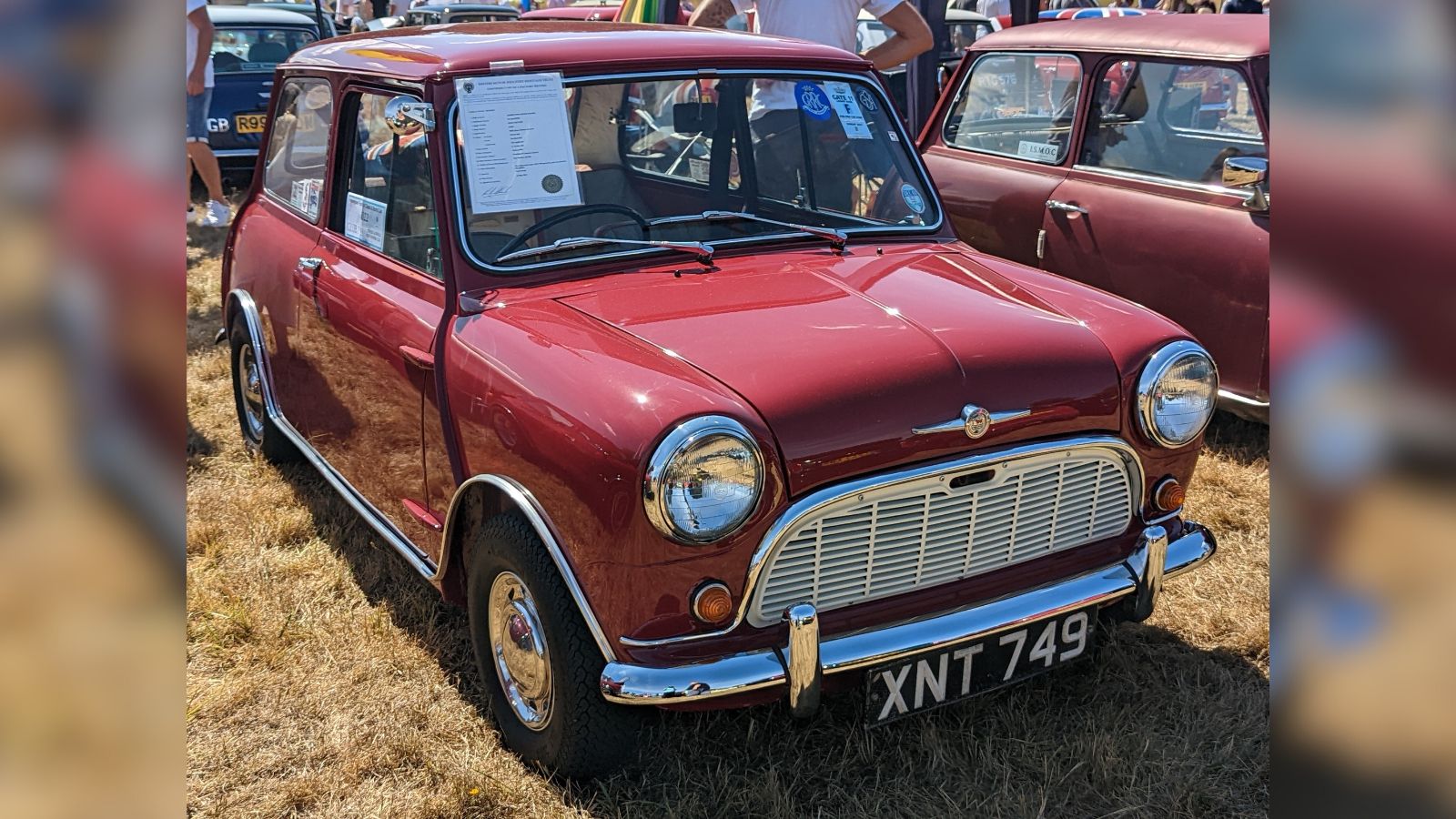
John Cooper saw motorsport potential in Issigonis’ design and helped create the Mini Cooper. With tuned suspension and more horsepower, it turned the little runabout into a performance icon. Canadians, who had an eye on European motorsport, loved that a small, affordable car could compete with giants. This was the start of the Mini’s reputation as a giant killer.
1964–1967 – Monte Carlo Rally Wins
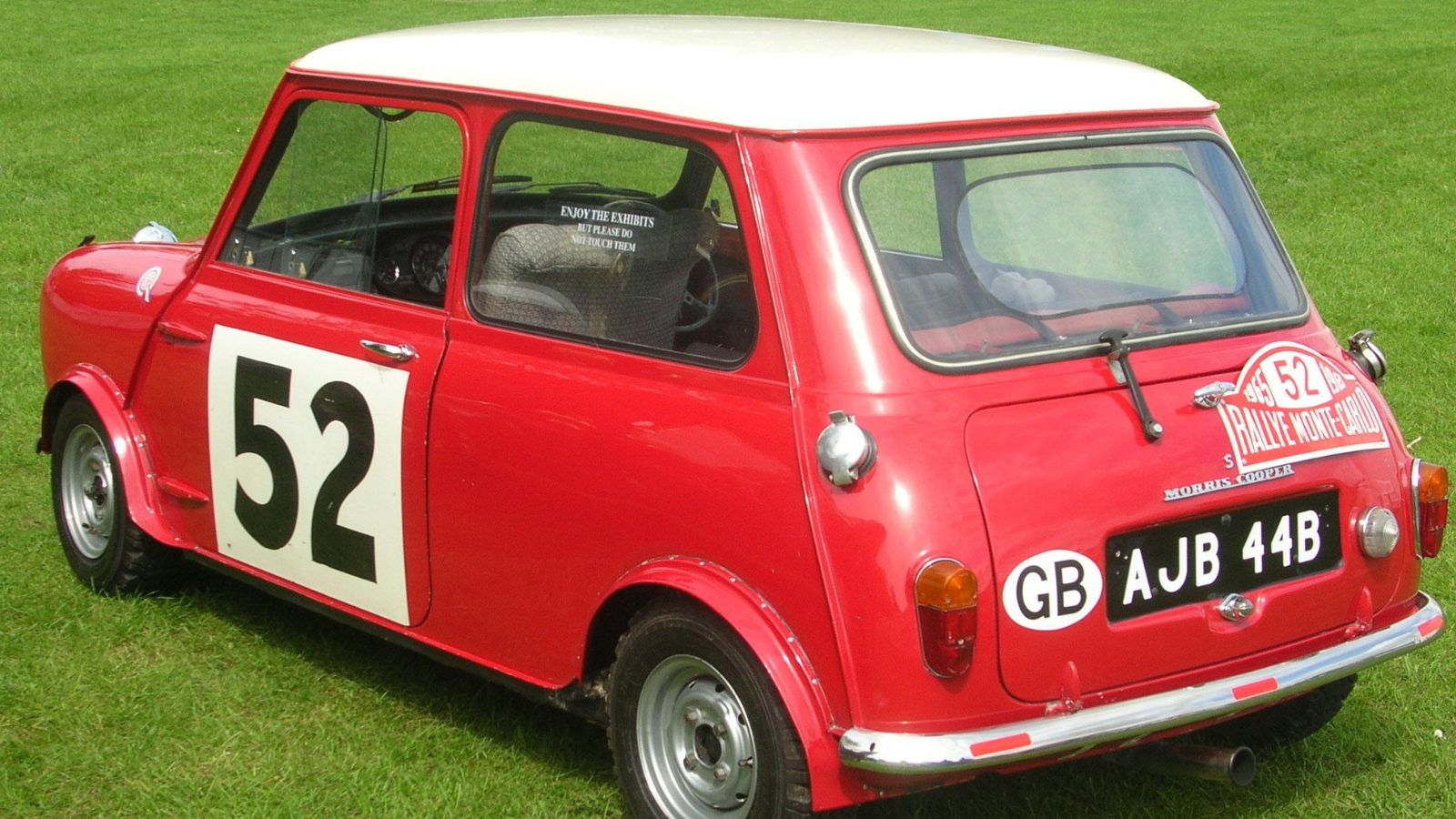
The Mini Cooper S shocked the world by winning the Monte Carlo Rally multiple times in the mid-1960s. These victories transformed the Mini from a cute commuter into a legend. Even in Canada, far from Europe’s rally stages, the Monte Carlo wins inspired enthusiasts, who admired how such a small car could dominate much larger rivals.
1969 – The Clubman Debuts
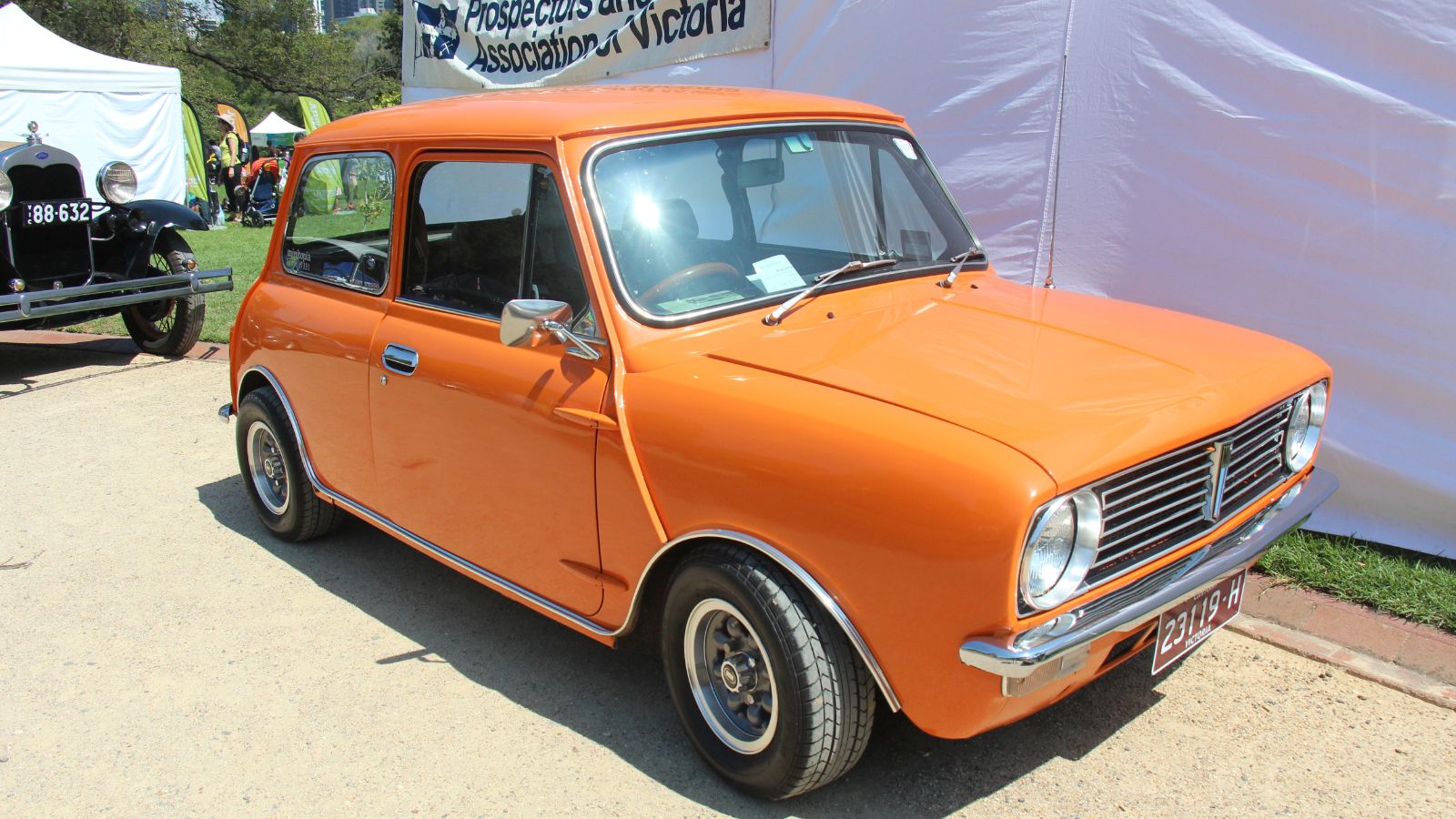
The Mini Clubman brought a modernized square-nosed design to the lineup. While some purists disliked the change, it gave the Mini family fresh life and broadened its appeal. Canadian buyers who wanted a slightly more up-to-date look gravitated toward the Clubman, while still enjoying the classic Mini’s charm.
1970s – Expanding Variants
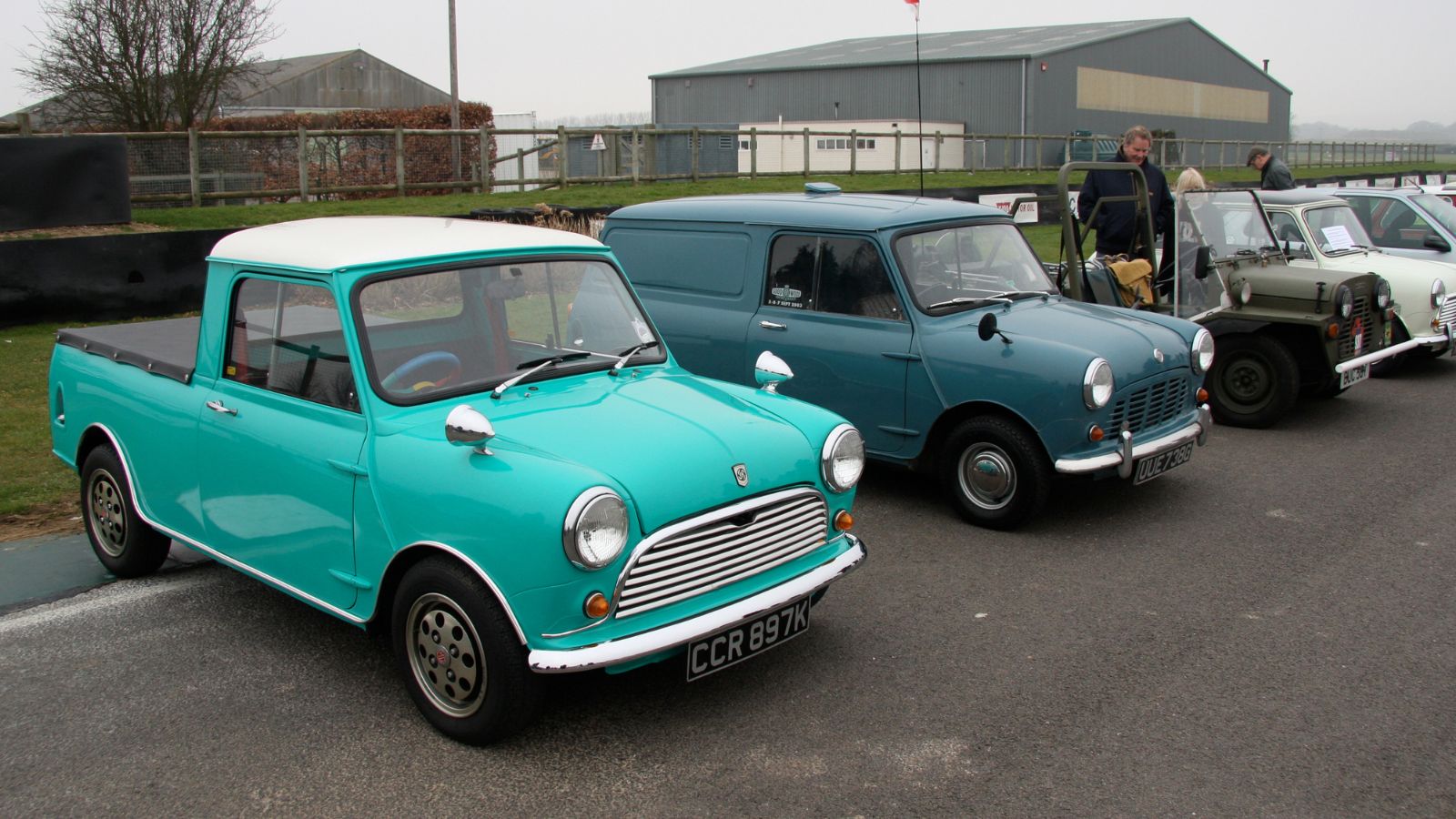
The Mini evolved into multiple variants, including vans, pickups, and estate wagons. These models were less common in Canada than in Europe but gave the car an appeal that extended beyond small city cars. The Mini pickup especially fascinated Canadian enthusiasts who saw it as a novelty among larger domestic trucks.
1980 – Safety and Refinements
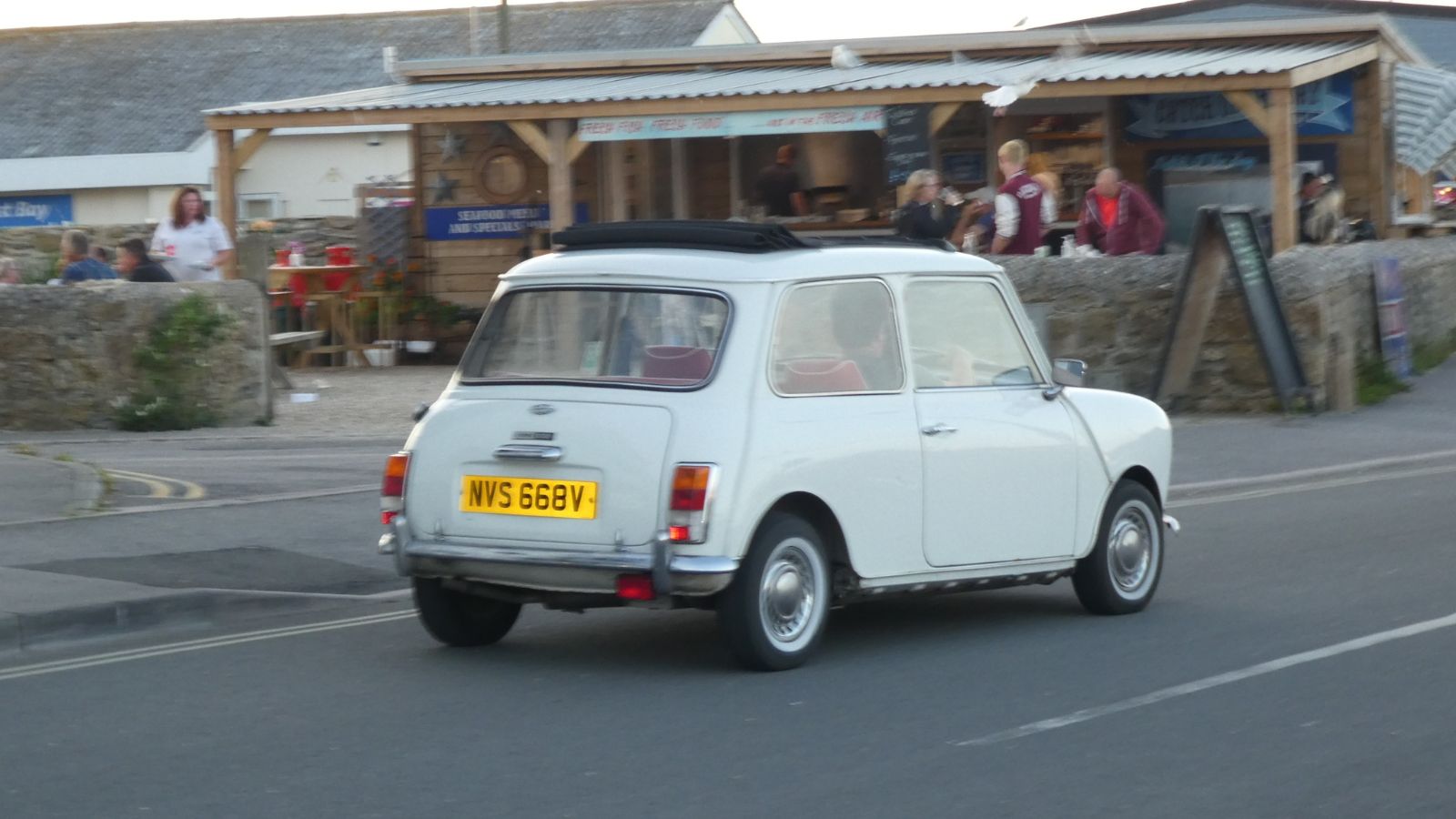
By the 1980s, the Mini was showing its age. Updates brought better brakes, stronger crash protection, and refined interiors. These small but crucial changes allowed it to stay legal and competitive in export markets like Canada, where regulations were tightening and buyers expected more comfort from even small cars.
1990s – Limited Editions and Nostalgia
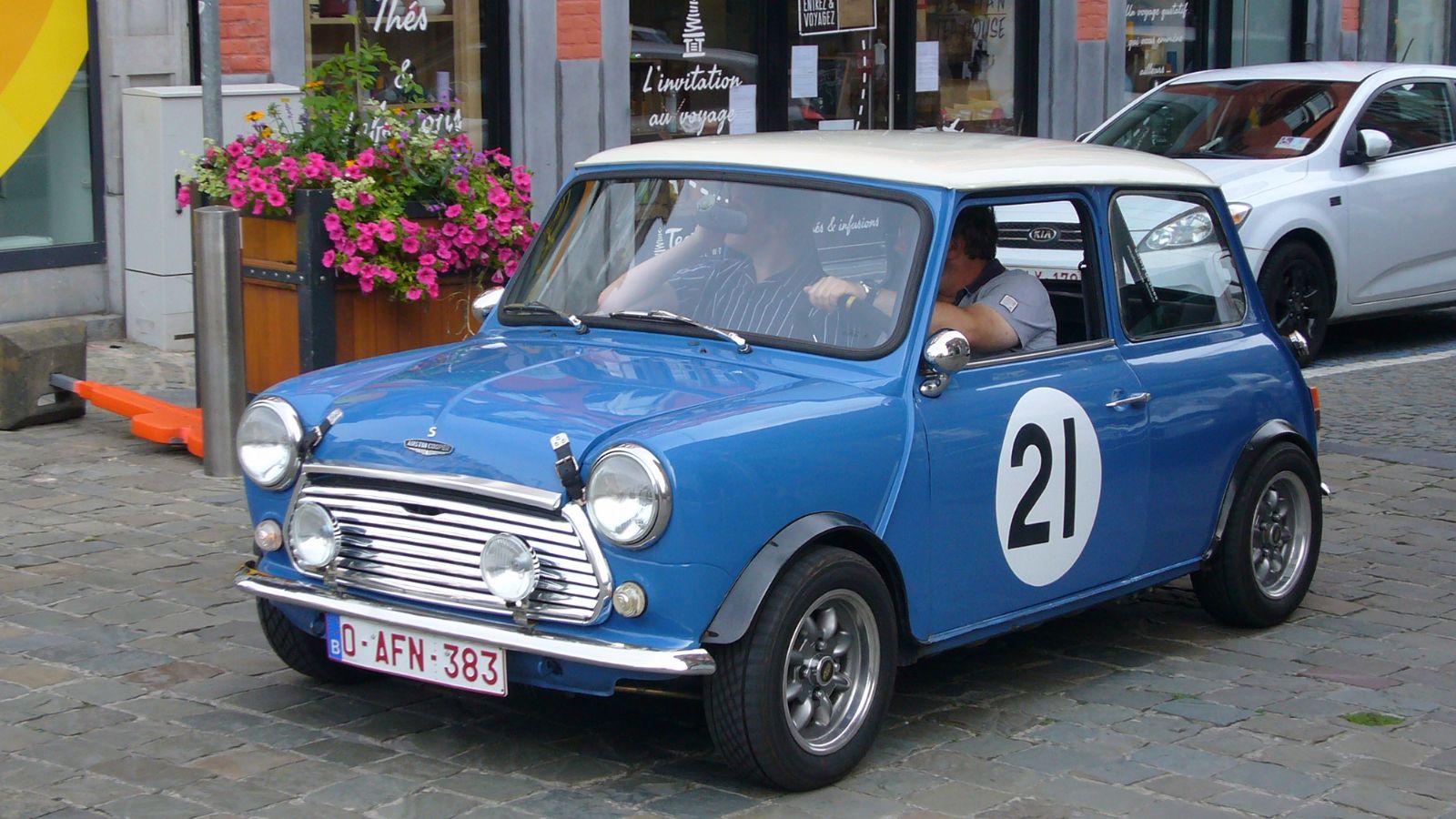
As competitors rolled out more modern small cars, the Mini relied heavily on nostalgia. Limited editions celebrated anniversaries and special trims, fueling a cult following. In Canada, classic car lovers and British car clubs kept the Mini alive during this period, often importing and restoring them privately.
1994 – BMW Acquires Rover Group
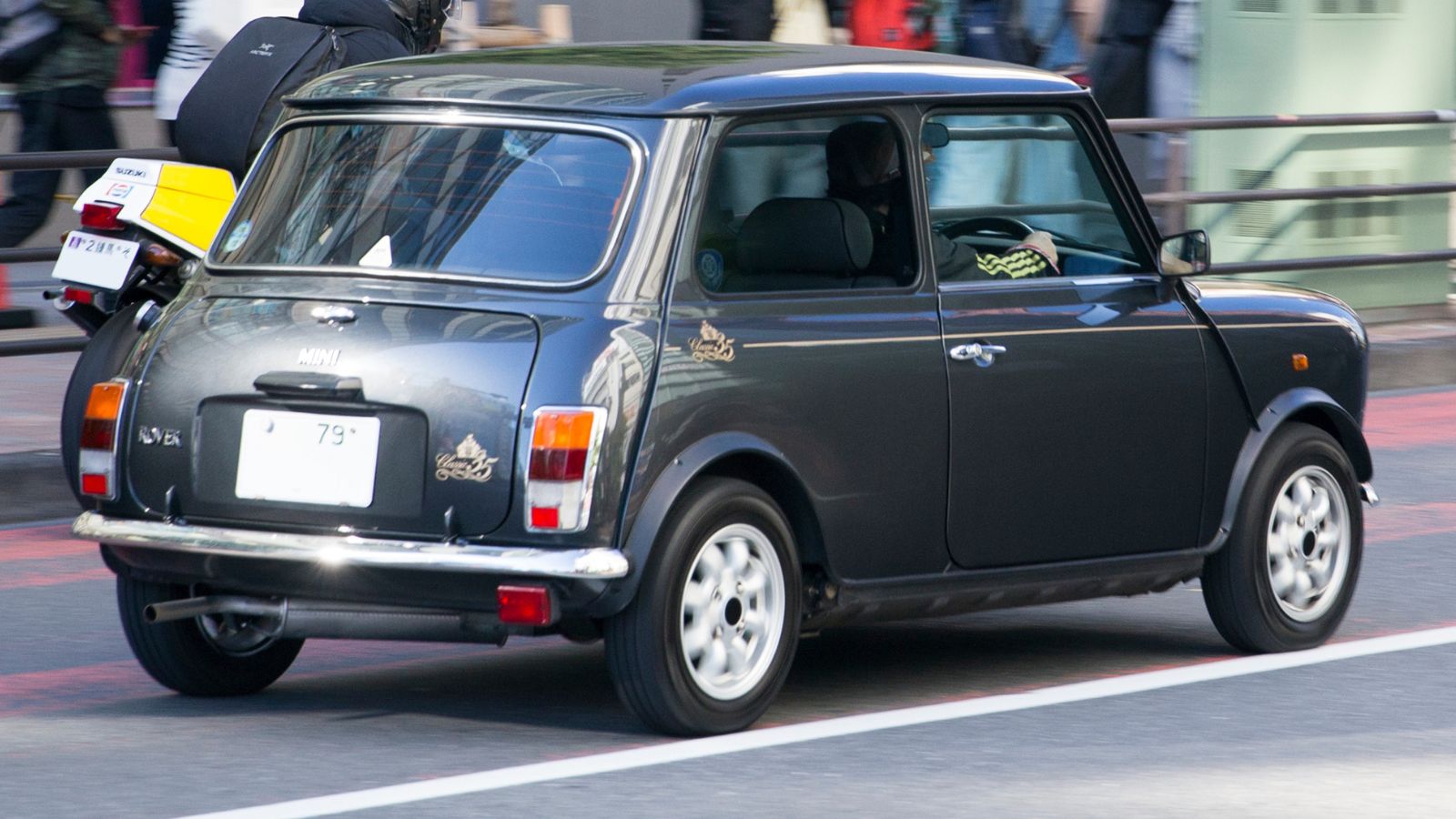
BMW saw the value in the Mini brand and purchased Rover, setting the stage for a complete reinvention. This was the turning point that would transform Mini into a premium brand. Canadians who admired German engineering began to anticipate what a reborn Mini under BMW could deliver.
2001 – The New BMW Mini Launches

The reborn Mini debuted in 2001 as a stylish, larger, and much safer car. It retained the charm of the original but brought modern comfort and build quality. In Canada, urban buyers, particularly in places like Toronto and Vancouver, embraced it as a chic, upscale small car that didn’t feel cheap.
2002 – The Return of the Cooper S

The Cooper S came roaring back with a supercharged engine. It wasn’t just cute; it was fast. This gave Canadian drivers a legitimate hot hatch alternative to the Volkswagen GTI, and its blend of retro style and performance was exactly what enthusiasts had hoped for.
2007 – Second-Generation BMW Mini

The second generation refined the formula. Out went the supercharger, in came a turbocharged engine with more torque and better fuel economy. For Canadians, this meant a more usable car for everyday driving and long stretches of highway, without sacrificing the fun factor that defined Mini.
2008 – Mini Clubman Revival
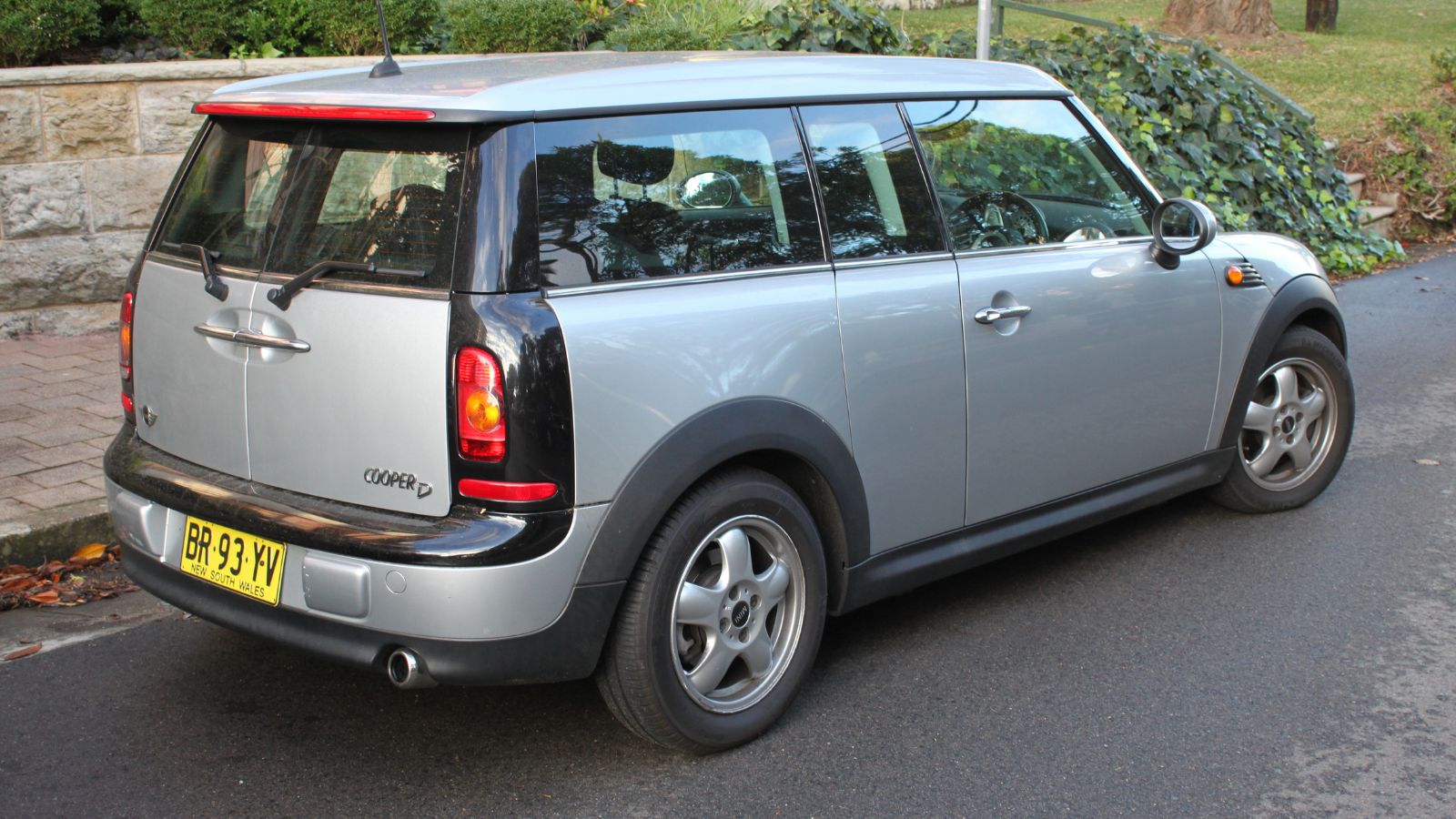
BMW revived the Clubman nameplate, this time as a larger, more practical Mini with quirky rear split doors. Canadians who wanted Mini personality but needed more cargo space — especially dog owners and young families — finally had a viable option.
2010 – Countryman SUV Joins the Lineup
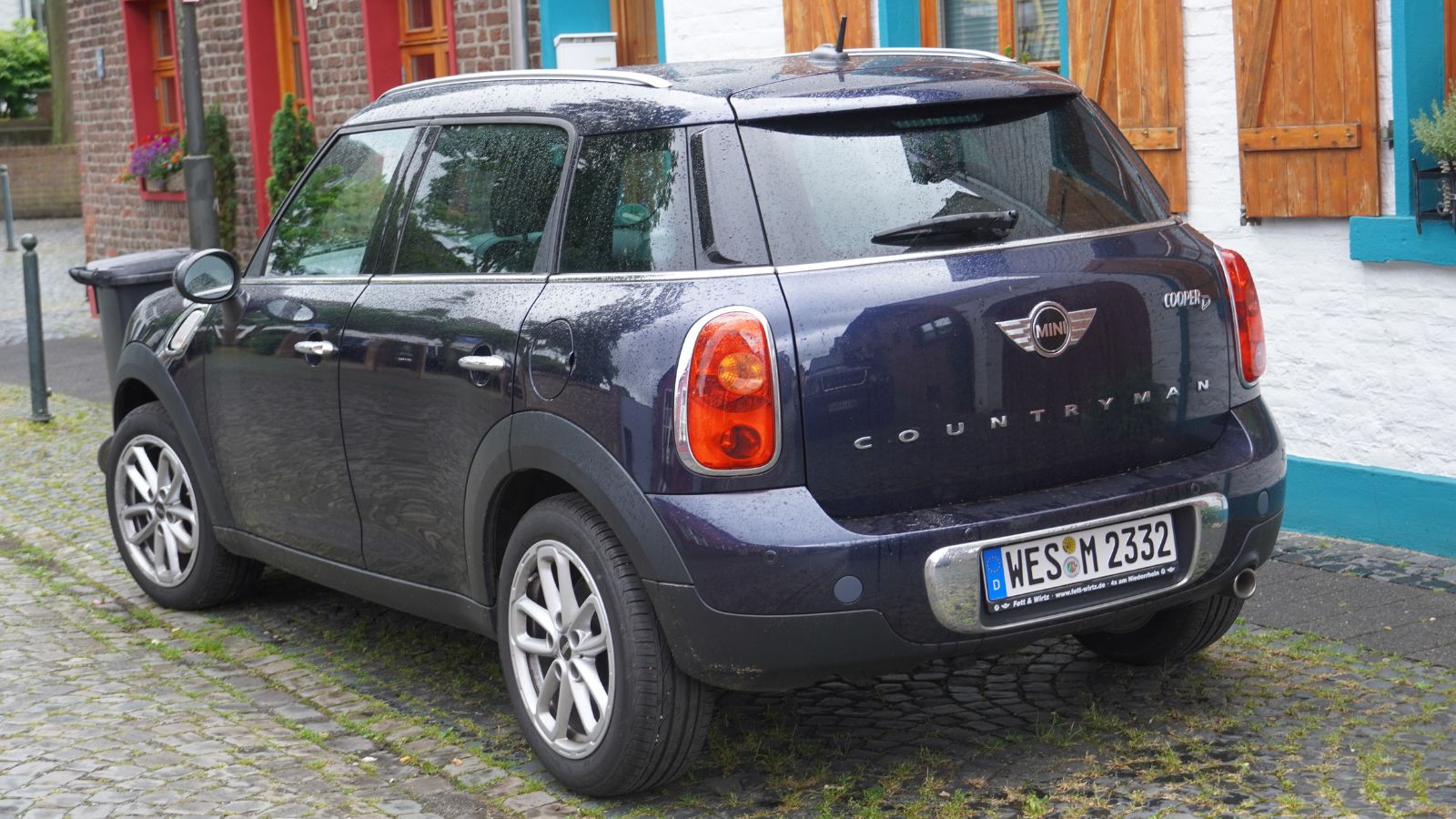
Perhaps the most controversial Mini yet, the Countryman added all-wheel drive and SUV practicality. Canadian buyers, however, embraced it, since all-weather capability is essential in many provinces. It marked Mini’s entry into the crossover market, making it far more accessible to everyday Canadian families.
2014 – Third-Generation BMW Mini
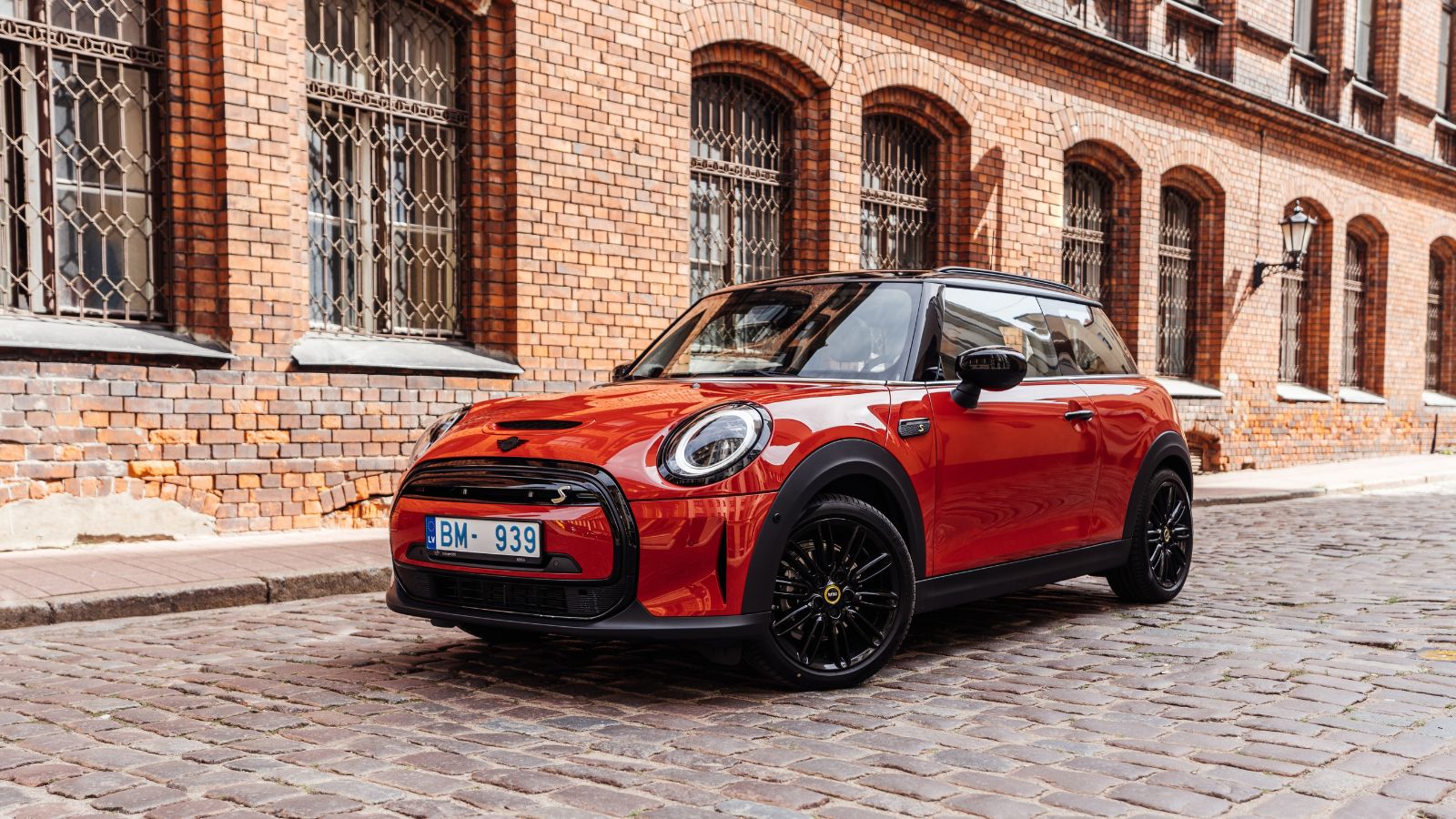
The third-generation Mini was even bigger and more refined, with digital features and higher-quality interiors. Some purists complained it was drifting too far from its roots, but Canadians loved its ability to compete with premium small cars like the Audi A3 while still keeping its playful look and feel.
2017 – Electric Mini Concept
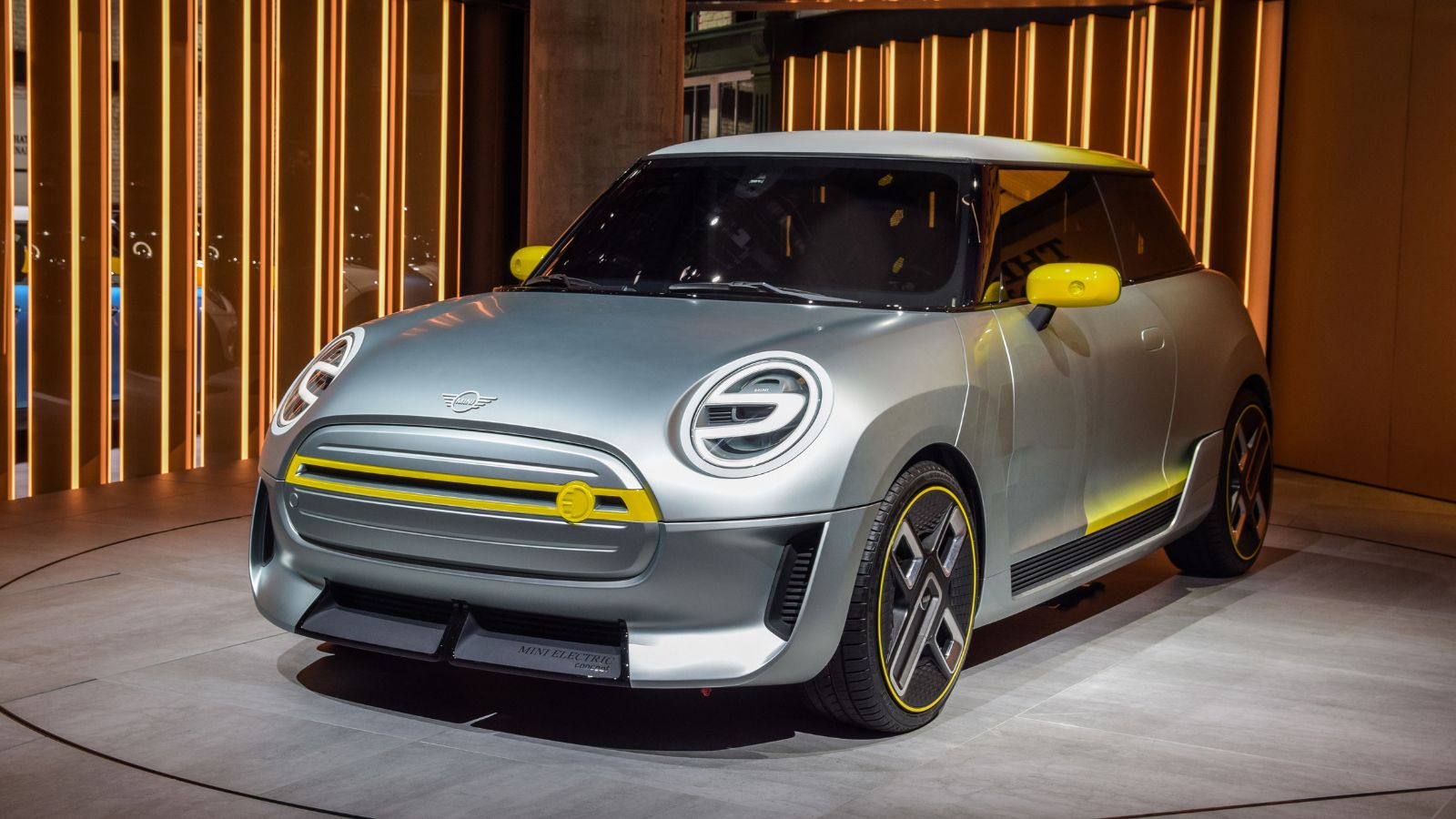
Mini revealed its first Electric Concept, foreshadowing its move into sustainable mobility. For Canadians, the idea of a small, premium EV was intriguing, especially for urban buyers in cities where charging infrastructure was starting to expand.
2020 – Mini Electric (SE) Launches

The Mini Electric went on sale, offering instant torque and urban agility. Its modest range was fine for city driving, making it a hit in downtown cores. In Canada, where EV adoption was accelerating, the SE became a trendy option for younger drivers and eco-conscious professionals.
2021 – Mini Celebrates 60 Years
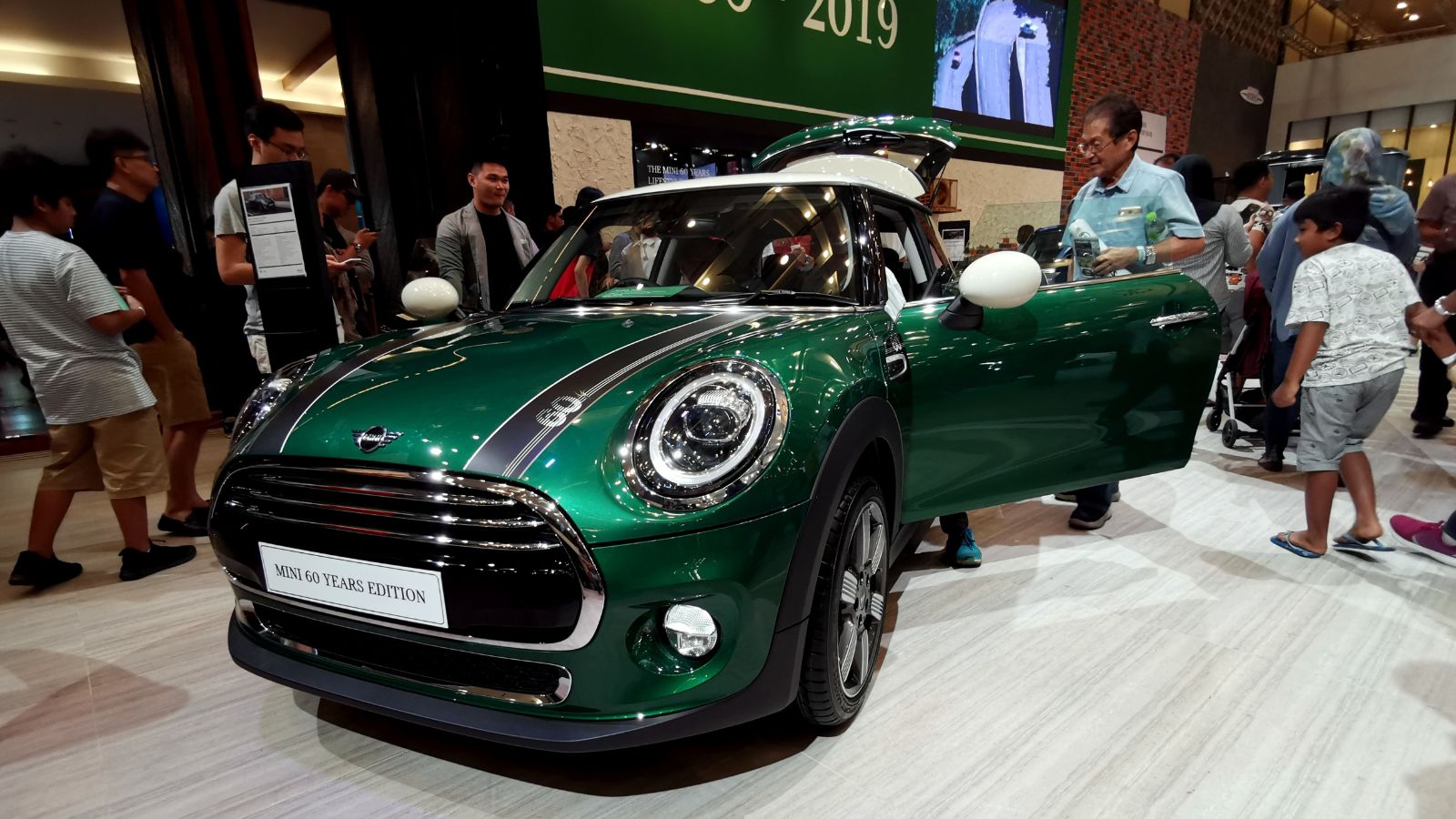
Mini marked its 60th anniversary with special edition models. For Canadians, it was a reminder of how far the brand had come — from a quirky import in the 60s to a premium urban car in the 21st century. Nostalgia played a big role in these limited editions, drawing both longtime enthusiasts and new buyers.
2023 – Countryman Grows Again
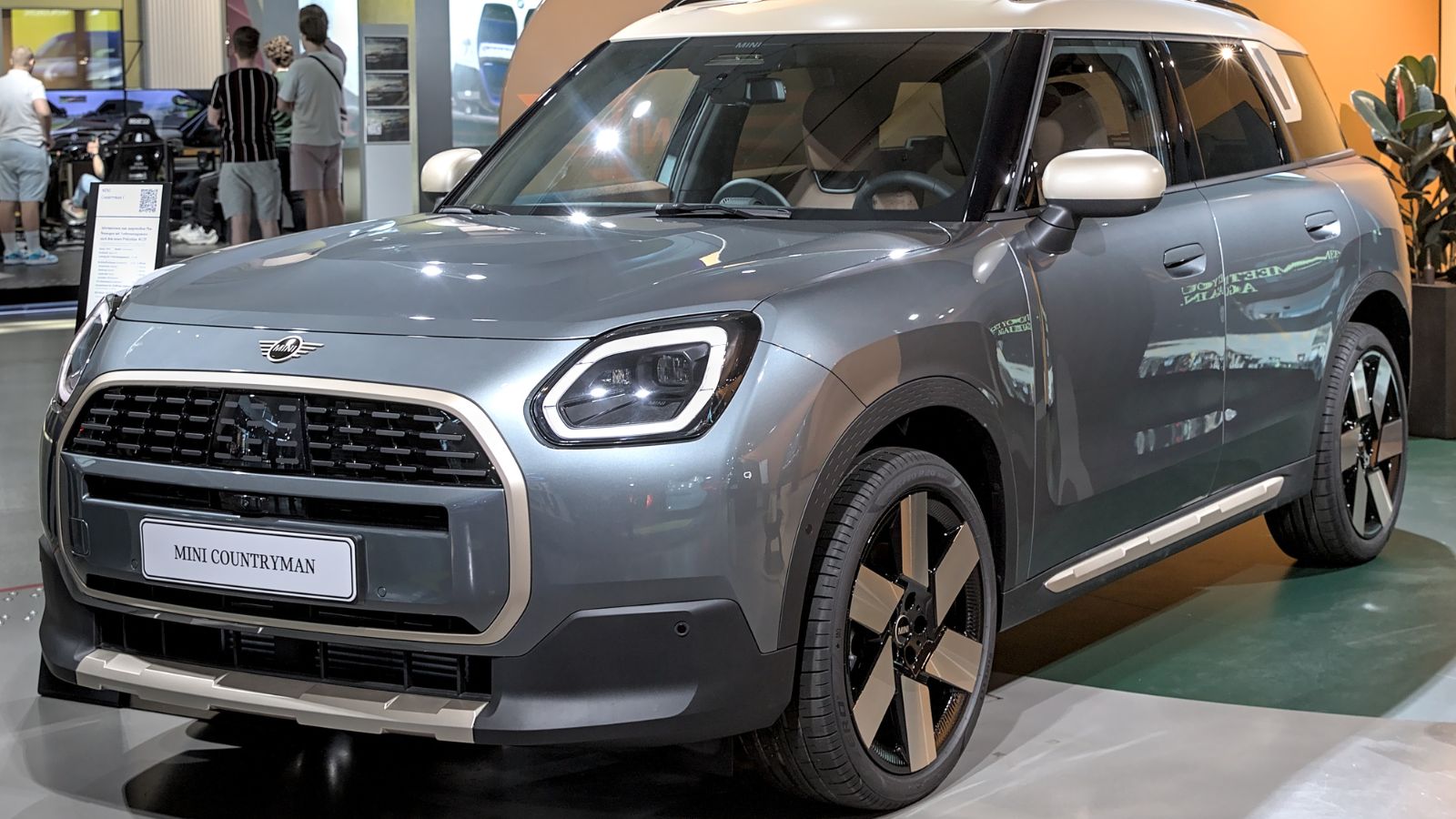
The latest Countryman grew into a more full-fledged crossover. In Canada, this was a smart move, as it appealed directly to buyers who wanted Mini style but also needed all-wheel drive, room for family, and cargo space for weekend adventures.
2024 – Next-Generation Cooper Revealed
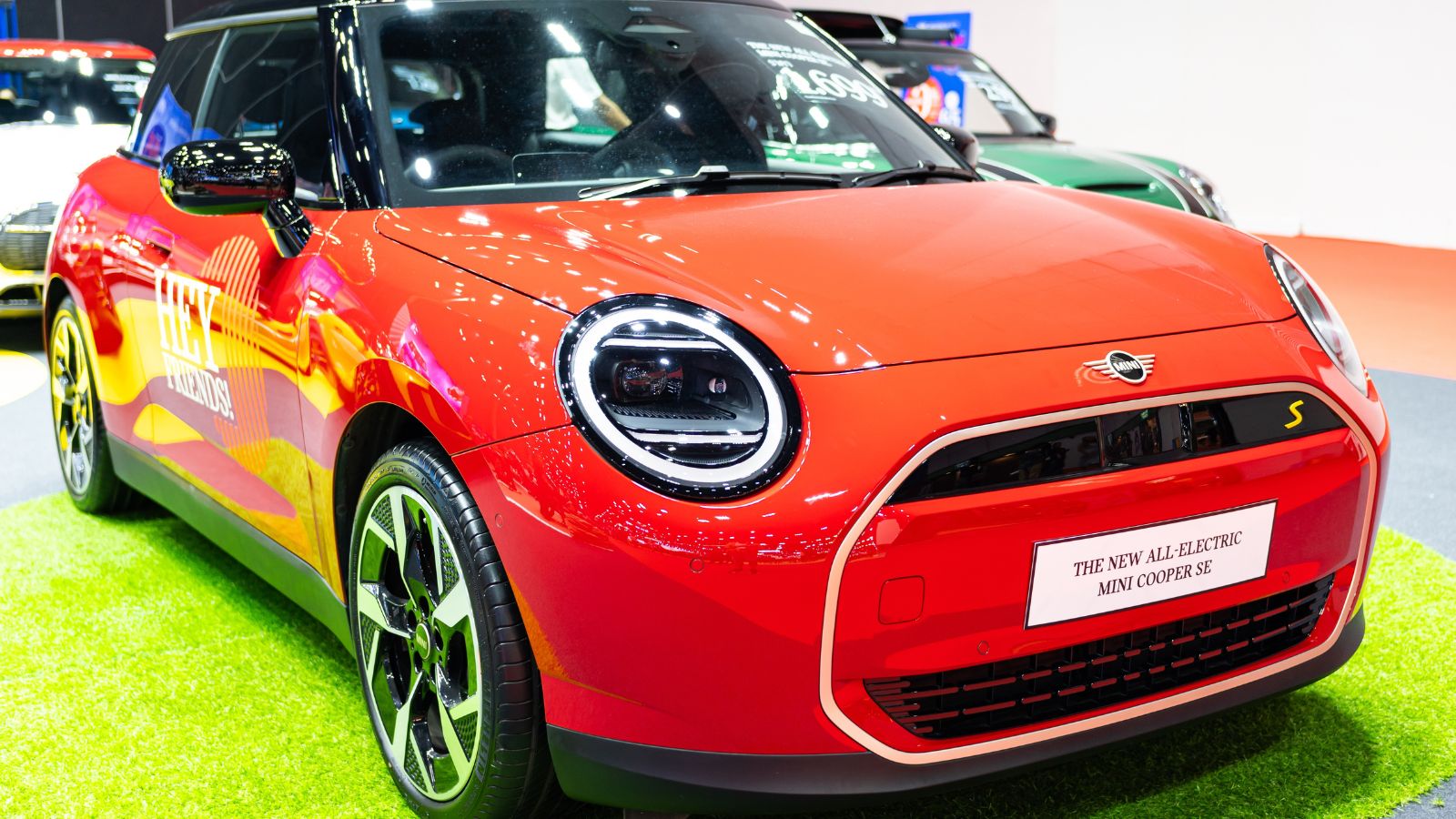
The all-new Mini Cooper brought sleeker styling, updated digital interiors, and hybrid and electric drivetrains. In Canada, where buyers are demanding both performance and eco-conscious options, it showed that Mini was ready to adapt to modern expectations without losing its playful character.
2025 – Mini’s All-Electric Push
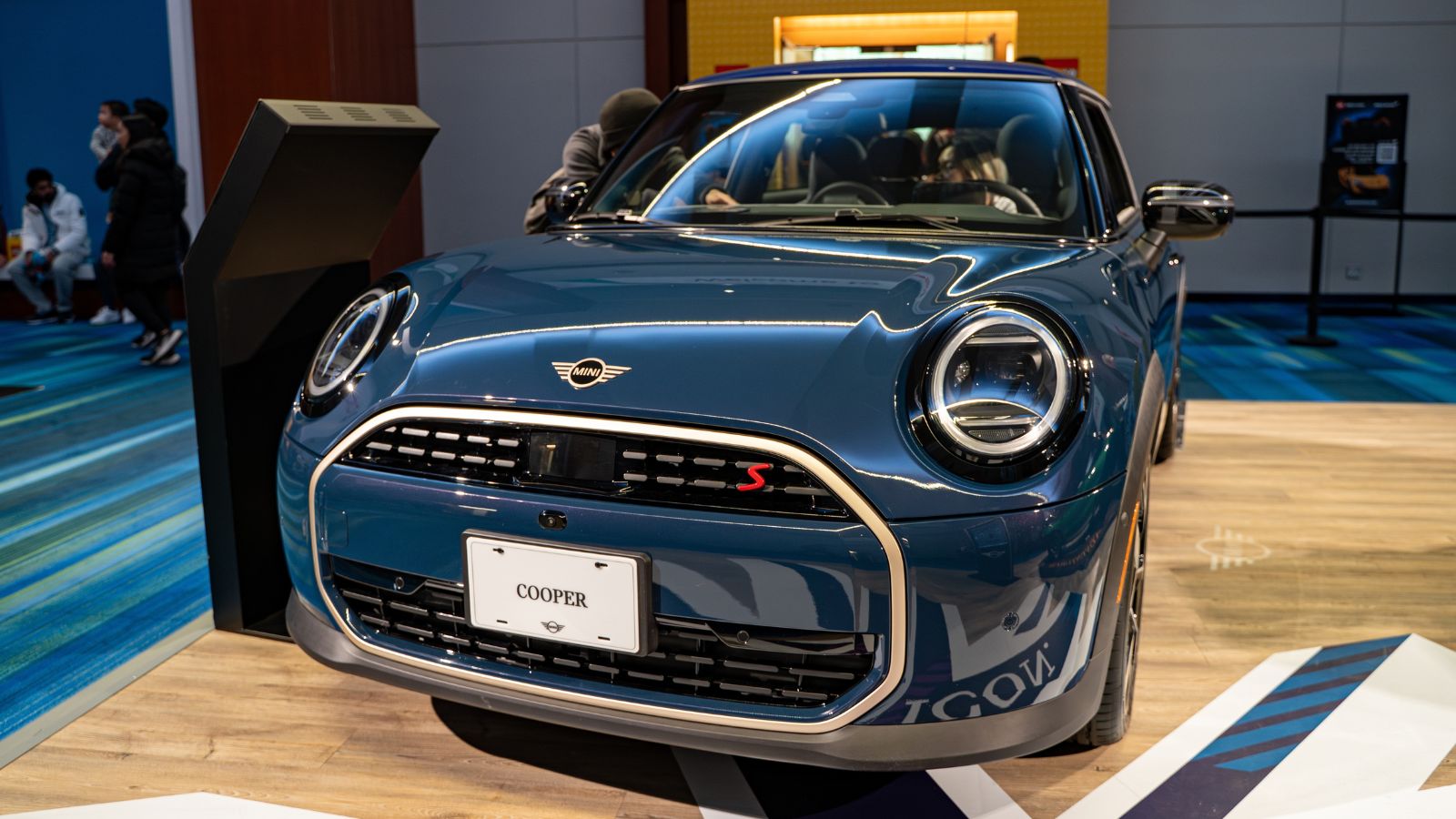
By 2025, Mini has committed to offering a fully electrified lineup. This evolution represents the most radical shift since the brand’s rebirth under BMW. For Canadians, it means Minis will be city-friendly, stylish EVs ready to face the future of urban driving while still carrying the DNA of Alec Issigonis’ original vision.
The Mini Story
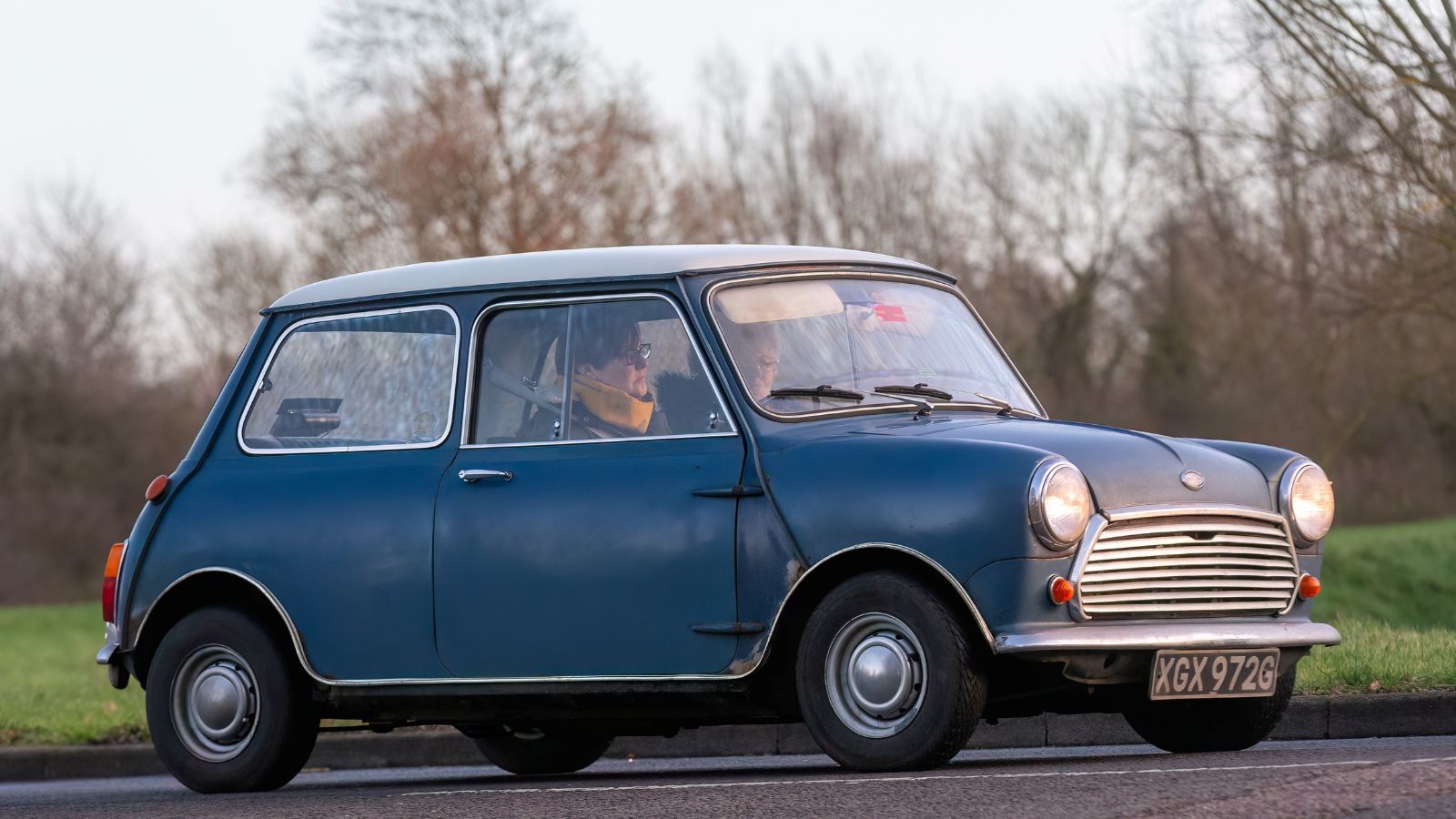
The Mini has gone from a tiny economy car to a global premium icon, and Canadians have been along for the ride at every stage. Whether it was cheering its Monte Carlo victories, importing right-hand-drive classics, or embracing the Countryman in snowy provinces, Canada has always had a soft spot for the Mini. As it now shifts into an all-electric future, the brand proves that even the smallest cars can carry the biggest legacy.
25 Facts About Car Loans That Most Drivers Don’t Realize

Car loans are one of the most common ways people fund car purchases. Like any other kind of loan, car loans can have certain features that can be regarded as an advantage or a disadvantage to the borrower. Understanding all essential facts about car loans and how they work to ensure that you get the best deal for your financial situation is essential. Here are 25 shocking facts about car loans that most drivers don’t realize:
25 Facts About Car Loans That Most Drivers Don’t Realize
